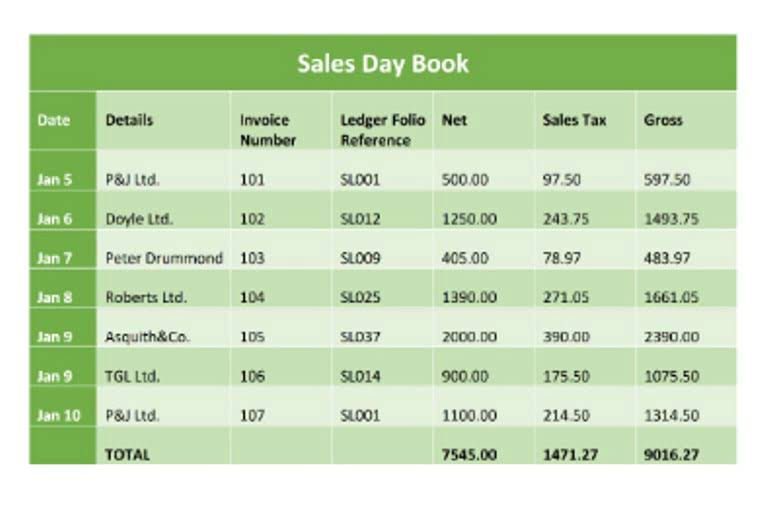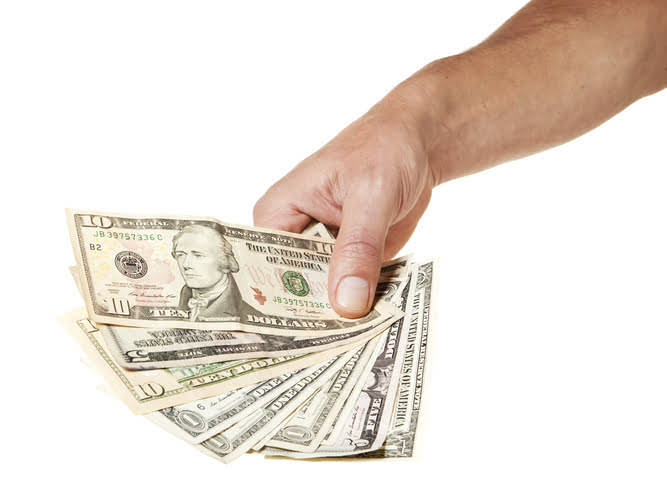
Earnings per share can be distorted, both intentionally and unintentionally, by several factors. Analysts use variations of the basic EPS formula to avoid the most common ways that EPS may be inflated. Learn how to calculate NoPAT and make informed business decisions with our step-by-step guide, boosting profitability and strategic planning. For example, a stock with a $2 par value and 50,000 shares becomes $1 par value and 100,000 shares. Calculate the retained earnings, reflecting cumulative profit retained within the business. Generally speaking, stocks with smaller floats will experience more volatility Accounting Periods and Methods than those with larger floats.

How Earnings Per Share Affects Stock Valuation?
- It is usually listed as a separate line item along with any other stock the company may have issued, such as preferred stock.
- This figure reflects changes in share count over time, providing insights into profitability.
- Basic shares represent the actual number of shares outstanding, while diluted shares include potential shares from convertible securities, options, or warrants.
- On the other hand, float stock refers to the quantity of publicly-tradable shares of a company’s stock.
- Compliance with these guidelines enhances the credibility and transparency of financial reporting.
- The company now has 5,000 authorized shares, 2,000 issued, 500 in treasury stock, and 1,500 outstanding.
Instead, investors will compare EPS with the share price of the stock to determine the value of earnings and how investors feel about future growth. Earnings per share value is calculated as net income (also known as profits or earnings) divided by available shares. A more refined calculation adjusts the numerator and denominator for shares that could be created through options, convertible debt, or warrants. The numerator of the equation is also more relevant if it is adjusted for continuing operations. EPS is calculated by dividing a company’s net income by the total number of outstanding shares.
What Does Earnings Per Share (EPS) Indicate?
- For example, Berkshire Hathaway’s Class B shares are non-voting and offer lower voting rights than their Class A shares.
- If there are 100 shares outstanding and you buy one, you own 1% of the company’s equity.
- The first step is identifying changes in the number of shares outstanding during the reporting period.
- But, you need to know that the additional shares that can become outstanding will also be included as common stock.
- It includes shares held by the general public and restricted shares that are owned by company officers and insiders.
Let’s say that Helpful Fool Company has repurchased 500 shares in this year’s buyback program. The company now has 5,000 authorized shares, 2,000 issued, 500 in treasury stock, and 1,500 outstanding. The outstanding stock is equal to the issued stock minus the treasury stock. For example, the price-to-earnings (P/E) ratio calculates how much investors are paying for $1 of a company’s earnings by dividing the company’s share price by its EPS.

How to Calculate Weighted Average Common Shares Outstanding
- A company cannot issue further shares without modifying its articles of formation if it reaches its approved share limit.
- We can calculate the number of outstanding shares held by shareholders by subtracting the treasury shares from the total number of shares issued.
- They also get dividends when issued by the company but do not have a preference to get it.
- Shares outstanding and weighted average shares are both numbers that can help an investor understand how well a company performs over time.
- This increases the number of shares and, consequently, reduces the earnings available per each share.
- Issuing new shares raises capital for purposes like expansion or debt reduction but dilutes existing shareholders’ ownership unless they buy more shares.
- If a company increases earnings per common share, it is generally considered more valuable, which may lead to a rise in its publicly traded share price.
Thus, the outstanding weighted average shares of a company for the given year is 5,82,500 shares. Below given are two instances and their calculations which would help you understand how to compute the outstanding weighted average shares. An instance of this can occur if a company undergoes a share buyback by the end of a financial year. Thus, if the EPS is calculated after simply adding such buyback, earnings real estate cash flow so calculated will be much higher than the actual amount. It is, therefore, essential to employ the weighted-average method of outstanding share calculation to arrive at an accurate number. Companies issue non-voting shares to raise finance while preserving voting power in a small group of shareholders, usually the founders or management team.

The reason is that these shares have been issued on the last day of the year and have not been outstanding during the year 2022. Public companies are required to report their number of shares outstanding in their quarterly and annual disclosures to the Securities & Exchange Commission. Among investors, it is most relevant to those who compile a position in a stock over a long period of time, buying on the dips and holding the shares. For instance, a company with 1 million shares outstanding might only have 300,000 shares as float if the rest are locked in by insiders and institutions. In such cases, even a small amount of buying or selling activity can lead to common shares outstanding formula significant price movements due to the limited number of shares available for trading. The life of common stock goes through a few phases, and understanding each step is important for putting the common-stock-outstanding number into proper perspective.




